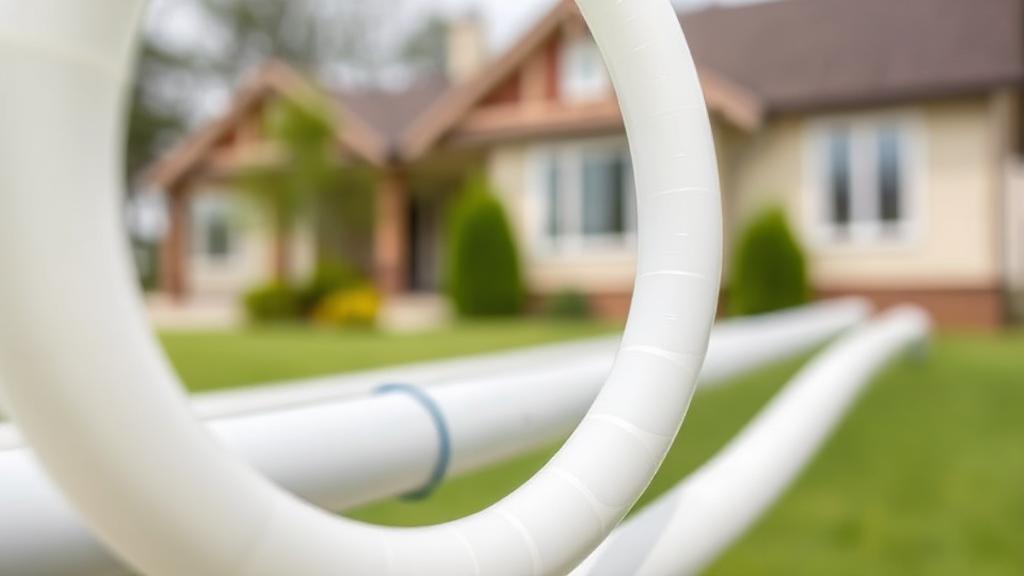Understanding Polybutylene Pipes
Polybutylene (PB) pipes were widely used in residential construction from the late 1970s to mid-1990s, with installations in up to 10 million homes across the United States, particularly in the Sun Belt region. These pipes, typically gray, blue, or black in color, were once considered the "pipe of the future" due to their low cost and ease of installation.
Pros of Buying a House with Polybutylene Pipes
Lower Purchase Price and Investment Opportunity
- Homes with polybutylene pipes often sell for significantly less
- More house for your budget in desirable neighborhoods
- Potential for immediate equity building after pipe replacement
- Strong negotiating position with sellers
Short-Term Usability
- If currently in good condition, pipes may function temporarily
- Allows time to plan and budget for replacement
- Opportunity for strategic upgrading
Cons of Buying a House with Polybutylene Pipes
Risk of Pipe Failure
- Become brittle over time
- React negatively with chlorine in water
- Develop micro-fractures
- Burst unexpectedly
- Prone to leaks, especially at fittings and connections
Insurance and Cost Challenges
- Higher insurance premiums or coverage denial
- Limited insurance options
- Difficulty obtaining coverage
- Replacement costs ranging from $4,000 to $15,000
- Challenging to find replacement parts
Health and Safety Concerns
According to the Environmental Protection Agency (EPA), polybutylene pipes can leach chemicals such as:
- Bisphenol A (BPA)
- Phthalates These chemicals have been linked to various health problems, including cancer and reproductive issues.
Making an Informed Decision
Professional Inspection Requirements
- Hire a qualified home inspector
- Consult with licensed plumbers
- Assess pipe condition and installation quality
- Get detailed replacement cost estimates
- Test water quality
Financial Planning Considerations
- Available budget for repairs
- Financing options
- Emergency fund requirements
- Long-term maintenance costs
- Insurance implications
Replacement Options
Modern alternatives to polybutylene pipes include:
- PEX piping: Flexible, freeze-resistant, and leak-resistant
- Copper pipes: Traditional but more expensive option
- CPVC systems: Alternative plastic option
Expert Recommendations
Most plumbing professionals recommend replacing polybutylene pipes rather than waiting for failure. For more information about identification and replacement, visit:
- International Association of Certified Home Inspectors
- Consumer Product Safety Commission
- National Association of Home Builders
Temporary Measures
While planning full replacement, consider:
- Regular inspections
- Water pressure monitoring
- Leak detection systems
- Strategic shut-off valve placement
Always consult with licensed professionals and local authorities before making decisions about polybutylene pipe replacement or home purchases involving such systems.
